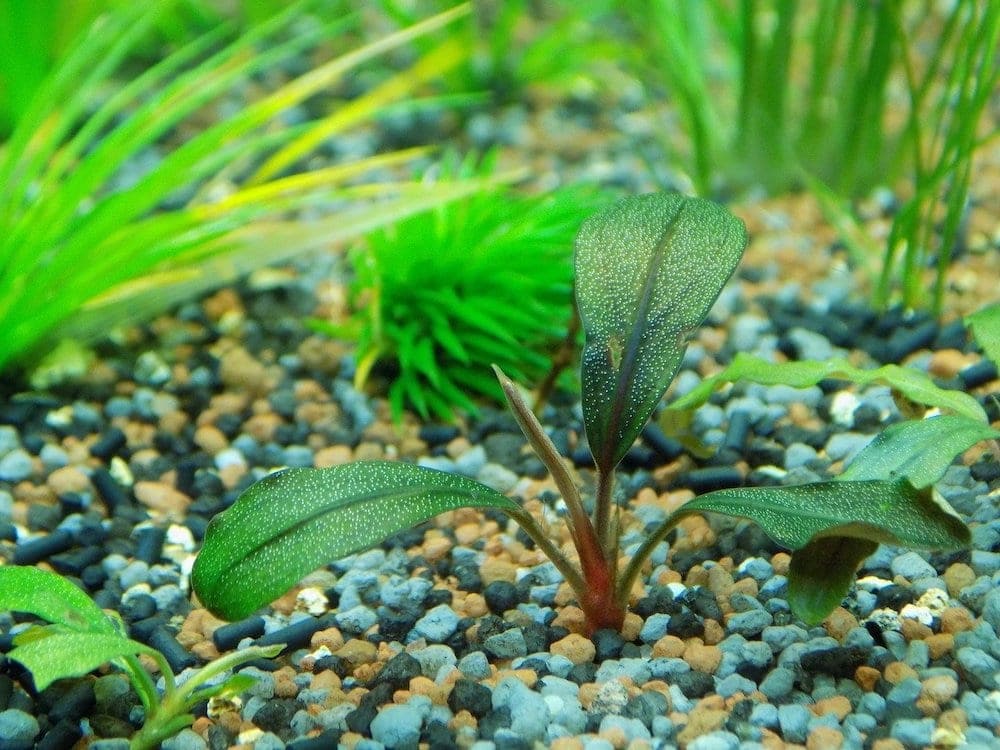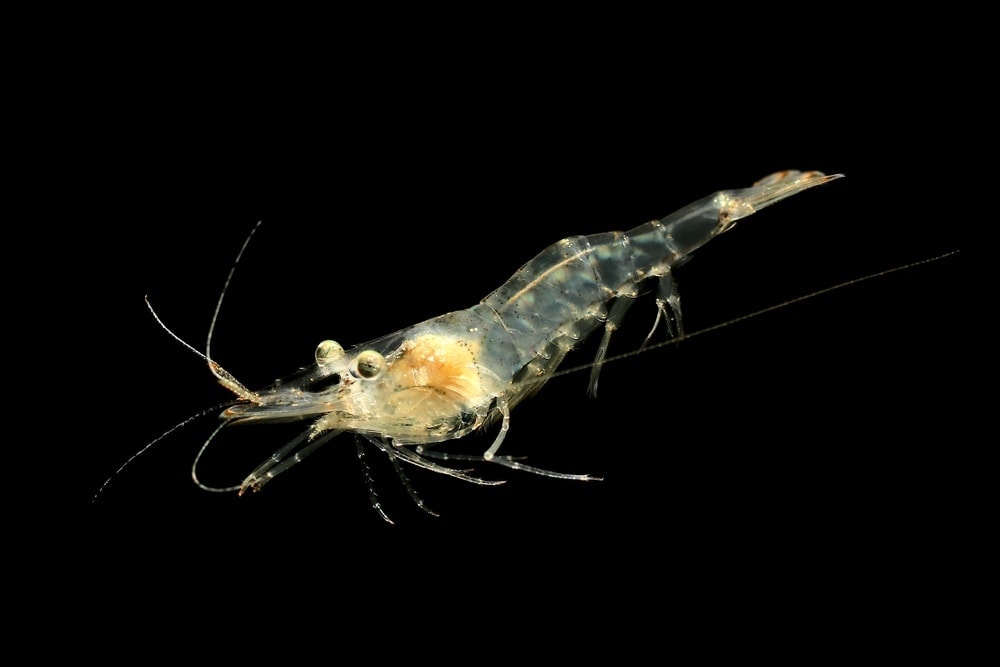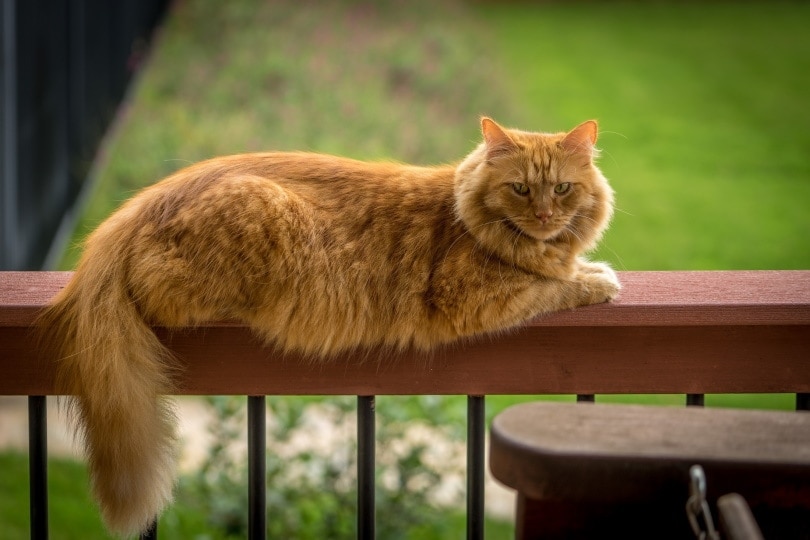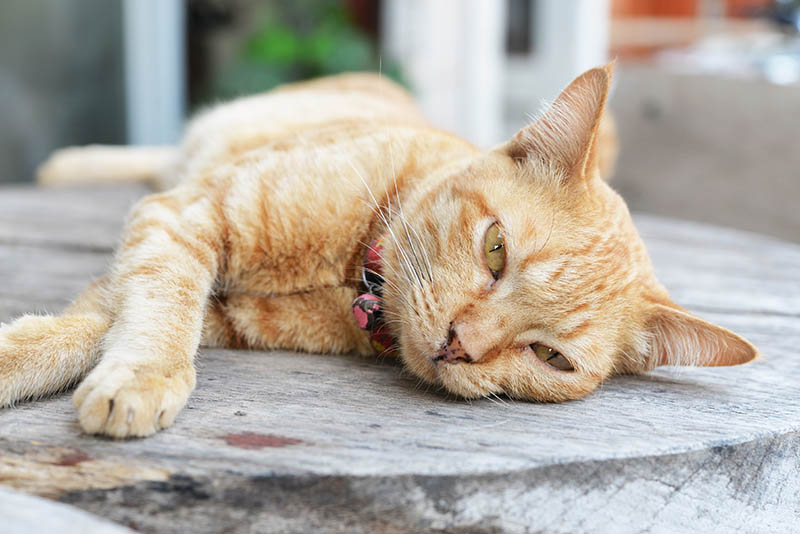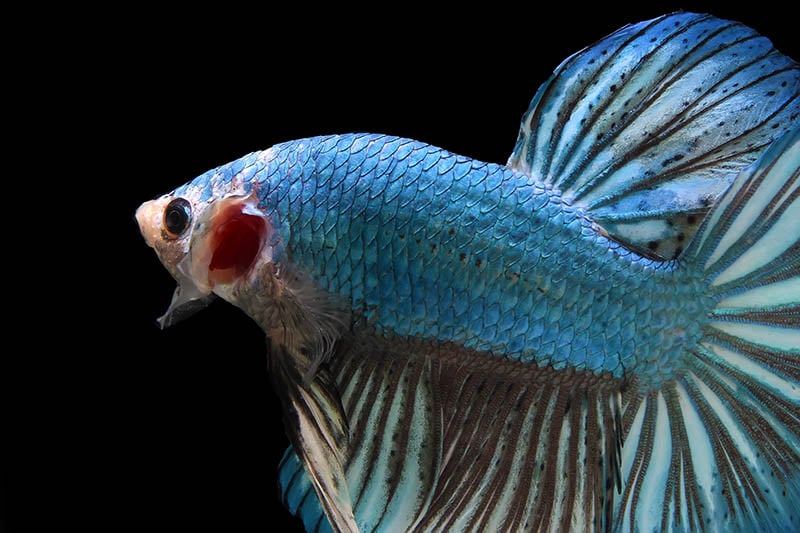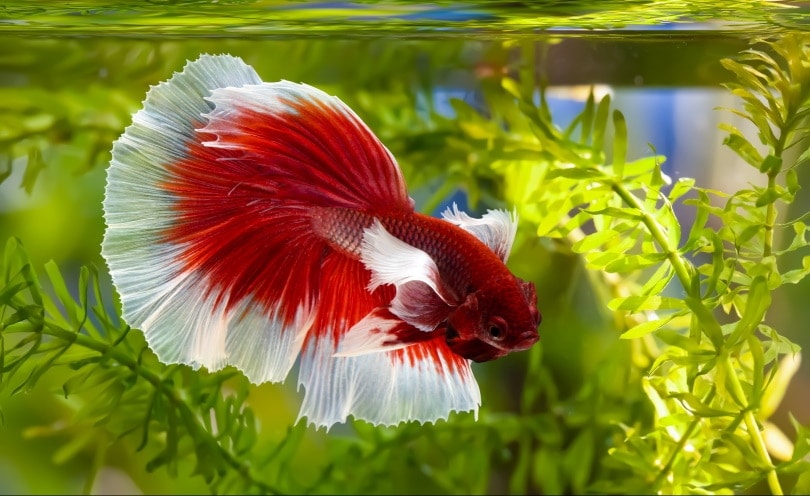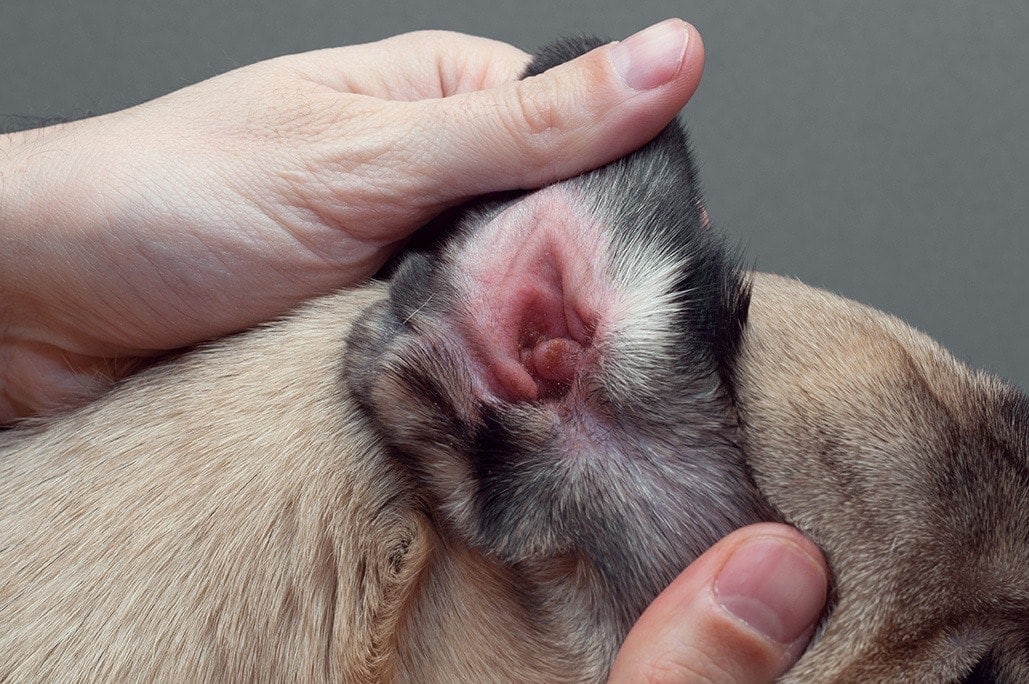Killifish: Care Guide, Varieties, Pictures, Lifespan & Breeding

Updated on
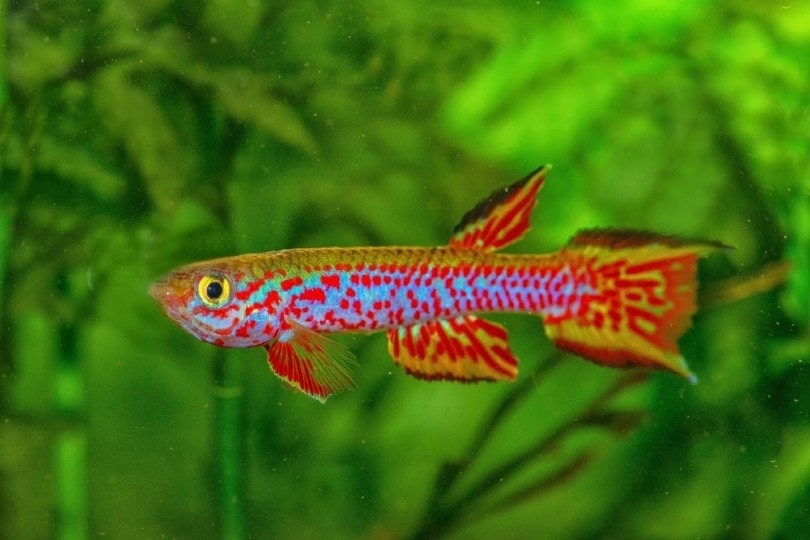
Killifish are vibrantly colored freshwater fish with elaborate patterns. They are extremely popular due to their undemanding nature and attractive colors. Keeping killifish makes the hobby more rewarding due to killifish being undemanding and hardy fish that fit into many community tanks.
Although they are so readily available, it is best to care for these fish if you have experience with keeping shoaling fish. Killifish are commonly sold under scientific names, so it can be difficult to determine which species are true killifish.
Quick Facts about Killifish
| Species Name: | 1,270 species of killifish |
| Family: | Cyprinodontiformes |
| Care Level: | Moderate to difficult |
| Temperature: | 72°F to 75°F |
| Temperament: | Peaceful |
| Color Form: | Vivid colors |
| Lifespan: | 6 months to 5 years |
| Size: | 1.5–4 inches |
| Diet: | Carnivore |
| Minimum Tank Size: | 20 gallons |
| Tank Set-Up: | Minimalistic |
| Compatibility: | Community |
Killifish Overview
Killifish consist of over 1,250 species, which is quite a lot! Each species has a different lifespan and size; however, the overall care is generally the same. Each species is classified into 10 groups. Killifish are widespread in different habitats within Australia and Antarctica, where they inhabit shallow subtropical waters that are either still or fast-moving.
Very few species of killifish are established in brackish waters, but the majority of captive-bred species are suited for freshwater tanks. Killifish range in size from 2 to 5 inches. There is an annual species of killifish that only survive for a few months.
However, this species can live longer in captivity if properly cared for. The name killifish is derived from the Dutch word “killy,” which means ditch or channel. The name may make them sound like they are potentially dangerous or aggressive, but they are generally peaceful and work well in community tanks.
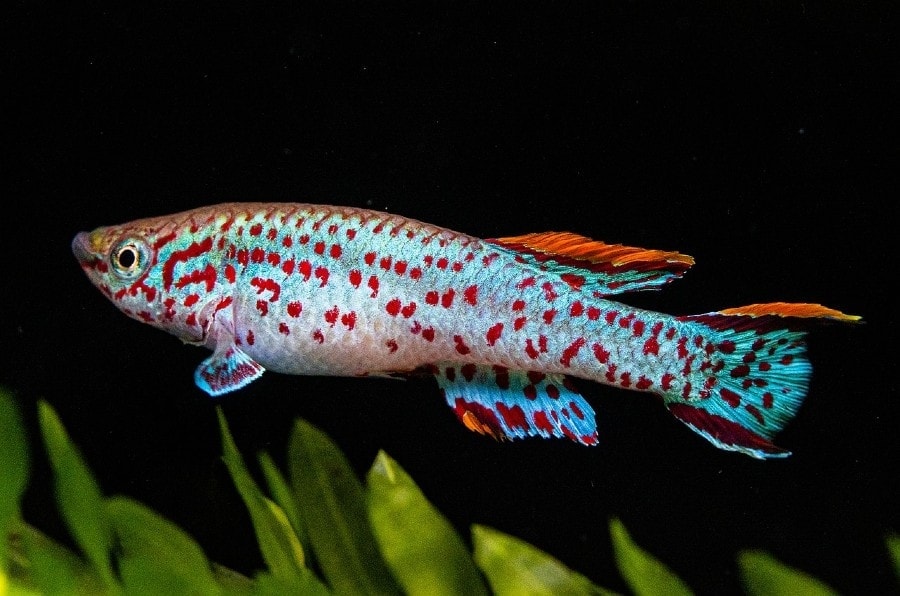
How Much Do Killifish Cost?
Killifish can cost anywhere between $2 to $10 per fish. They should be kept in pairs or shoals of four or more fish. Annual killifish are generally cheap and can cost as low as $1 or $5 for a group. Larger killifish that live for several years will cost more in pet stores and from online breeders.
Typical Behavior & Temperament
Most species of killifish are peaceful and do well in community tanks. If you are new to keeping killifish, you should only keep a pair in a species-specific tank. They appreciate live plants to hide in to feel secure. Hiding places are more important for large groups than a pair of killifish. They rarely bother other fish and can be kept with other small shoaling fish.
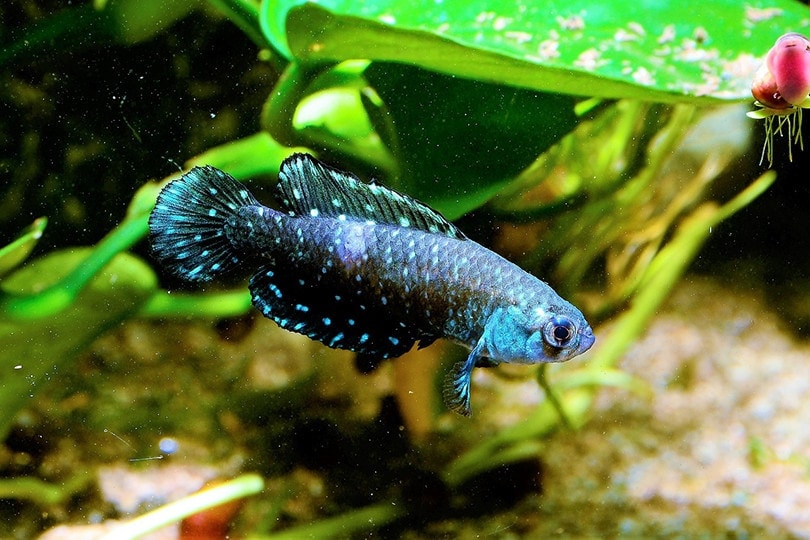
Appearance & Varieties
Most killifish have round scales and are slender in shape. Their bodies pike at a certain point, and they have short, rounded fins, which contributes to their great swimming ability. Some species may have long-flowing fins, but the fins do not fan out and end in a point.
The dorsal fin is set towards the back of their body, and males typically have larger anal and dorsal fins. They commonly grow to 3 inches, and few species can reach 10 inches, and that is the Orestias species of killifish.
How to Take Care of Killifish
Habitat, Tank Conditions & Setup
Tank/Aquarium Size
A pair of medium-sized killifish can be kept in a 20-gallon long tank. Larger species should be kept in 30 gallons or more. Killifish that reach 2 inches in length can live in a tank as small as 12 gallons.
Water Temperature & pH
Since killifish are subtropical, they should be kept within a temperature range of 72°F to 75°F. Some species may need an adjustment to the specific temperature range. The pH also depends on the species of killifish, but most can tolerate a range between 5.8 to 8.0.
Substrate
Killifish are not picky when it comes to substrate choice. Gravel, sand, or quartz substrates can work in a killifish tank.
Plants
The tank setup is species-dependent. Large groups should have more hiding places in the form of live plants. However, they do not require heavily planted tanks, and a bare or minimalistic tank can work for bonded pairs of killifish.
Lighting
The lighting should be low in a killifish tank as they inhabit waters that are shaded from the sun. They do not need artificial lighting unless the area in which the tank is situated is particularly dark.
Filtration
They should not have filters that cause a current, and their wild waters are typically still moving. A standard sponge filter can work in a smaller killifish tank. They will need a gentle aeration system, like a small air ring that causes surface movement.

Are Killifish Good Tank Mates?
Killifish can easily be kept in a community tank. They are peaceful enough to stay out of the way of other species of fish and invertebrates. The tank size should be increased by 10 gallons if you choose to keep them with other fish and 5 gallons if they are kept with snails or large shrimp. Killifish are also good jumpers and require a lid over the tank. They are more likely to jump out of a tank if they are kept with unsuitable and aggressive tank mates.
- Neon tetras
- Rummynose tetras
- Freshwater snails
- Danios
- Gourami
- Mollies
- Swordtails
- Platys
- Goldfish
- Betta fish
- Cichlids
- Oscars
- Sharks
- Jack Dempsey
What to Feed Your Killifish
Killifish are primarily carnivores and eat a wide range of protein-based foods in the wild such as insect larvae, worms, and crustaceans. Some species will consume algae as a small portion of their diets. In captivity, you should feed your killifish live foods like bloodworms, cultured larvae like mosquitoes, and baby brine shrimp.
They do not thrive on flakes and pellets, and the food will have negative effects on their health and longevity. It is recommended to set up live cultures so that you have a constant breeding ground of live foods for your killifish.

Keeping Your Killifish Healthy
- Always research the specific species of killifish you are keeping so that you know the exact conditions they require.
- Avoid feeling processed commercial foods to your killifish. Live foods should be their main food source, and anything else can cause digestive issues or even deprive them of the essential nutrients they require to be healthy.
- Ensure that the tank has gone through the nitrogen cycle before placing killifish into the tank. This will help to keep the water parameters in check.
- Try to set up their tank according to their specific requirements in the wild. Each species will have its tank preference, and this helps them to feel at home in captivity.
- Regular water changes should be performed to keep nitrate levels below 20ppm (parts per million).
Breeding
Breeding killifish is easy, and it is important to know that there are two types of reproductive stages in killifish. They consist of annual and non-annual breeding stages. You should ensure that your killifish have reached their full adult length before you breed them. Annual killifish reach adult length quicker because they have adapted to only live for a few months. These fish are easy to breed, and their population can become plentiful.
Peat moss is recommended to be placed in the tank so that they have a place to deposit their eggs. Non-annual killifish need a bare tank during breeding and require fine-leafed plants where the eggs will later be deposited. The eggs incubate in the water and not substrate like with annual killifish. The incubation period for the eggs is also reduced with non-annual killifish.
Are Killifish Suitable for Your Aquarium?
If you are a somewhat experienced aquarium keeper, introducing killifish into your community tank is a great idea! These enjoyable fish can quickly become a favorite species. Killifish are not hardy enough to survive most beginners’ mistakes, and it can be disheartening for a beginner in the hobby to lose their first fish due to mistakes. The right species can be kept in an established community tank with other fish on the suitable tank mates list.
We hope this article has helped inform you about the beloved killifish.
Featured Image Credit: Karel Zahradka, Shutterstock




